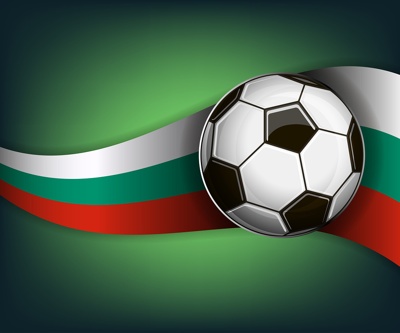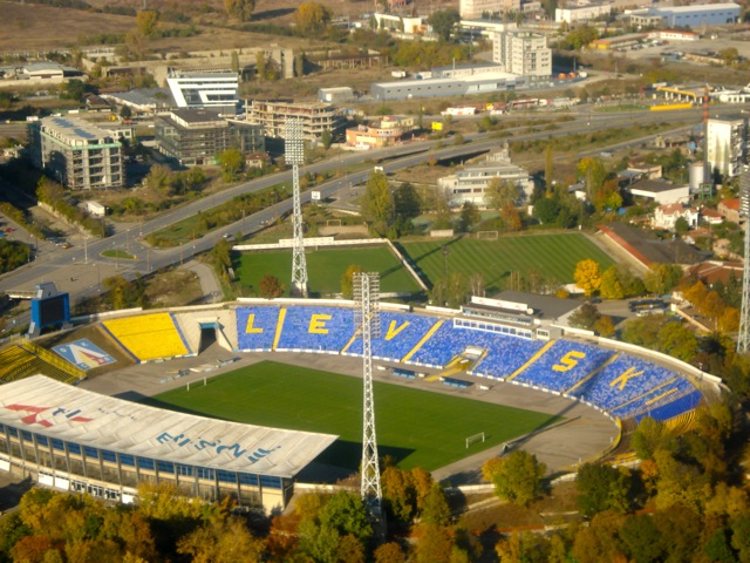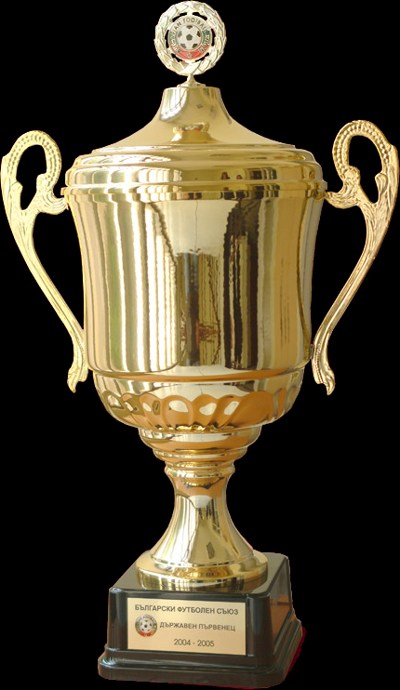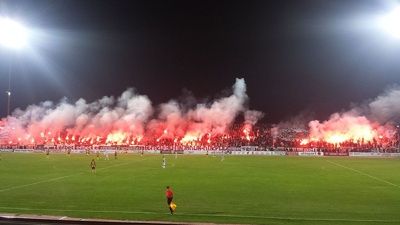Bulgarian First Professional Football League Stadiums & Stats

Bigstock
Previously known as the A Group, Bulgaria’s top-flight was re-christened as the imaginatively named First Professional Football League ahead of the 2016-2017 season. Fourteen teams compete in the league each season in order to be named the champions of Bulgaria, with 67 teams in total having played in it since its formation. In spite of the number of teams who have rotated in and out of the top-flight since its inception, it’s only actually been won by fifteen different teams at the time of writing, and five of them no longer exist.
The Bulgarians can be accused of many things, but making the top division of their football league easy to understand is not one of them. The system for winning or being relegated from the league is confusing, to say the least. In this section of the website we’ll try to clear that up for you, as well as cover some of the league’s history and talk about the different stadiums you can expect to find should you take a trip around Bulgaria.
Stadium Stats
| Stadium | Year Opened | Capacity | Ave Attendance | Record Attendance | Record Attendance Match |
|---|---|---|---|---|---|
|
Ludogorets Arena
PFC Ludogorets |
2011 | 10254 | 1507 | 8763 | Ludogrets v Levski Sofia |
Team Stats
| Team | Year Founded | Nickname | Team Owner |
|---|---|---|---|
| PFC Ludogorets Razgrad | 2001 | Orlite (The Eagles) | Kiril Domuschiev |
Bulgarian First Professional Football League Stadiums
Football is Bulgaria’s most popular sport. With a population of just over seven million according to the 2014 census, however, there is no necessity for grounds in the country to be all that large. There are none of the coliseum-esque stadia that you will find if you take a trip around the likes of Spain, England, or Italy. The largest ground you’ll find in Bulgaria is the 29,000 seat Georgi Asparuhov Stadium belonging to Levski Sofia, a team that has never been relegated from the top-flight.

Voventurestm [CC BY-SA 3.0], from Wikimedia Commons
The Georgi Asparuhov Stadium is very much the exception rather than the rule, however. The majority of grounds in the Bulgarian First Professional Football League are much smaller affairs, tending to come in at around the 13,000 capacity mark. Half of the stadia in use in the top-flight at any one time have capacities of less than 10,000.
Stylistically Bulgarian stadiums are a real mix. The majority of grounds in the country do not have roofs, instead allowing fans to sit out and enjoy the elements – whatever the weather. Some of the more modern grounds tend to follow a ‘European Style’ of having a bowl of continuous seating running all the way around the perimeter of the playing surface. Others opt for the ‘English Style’ of putting a stand along each edge of the pitch.
About The League

The original uploader was Scroch at Bulgarian Wikipedia. [GFDL, GFDL or CC-BY-SA-3.0], via Wikimedia Commons
The Bulgarian football league system comprises of two professional level divisions with numerous other amateur divisions below them. Fourteen teams compete in the First Professional Football League, with sixteen more playing their games in the equally imaginatively named Second Professional Football League. Immediately beneath this are four amateur leagues with eighteen teams in each. These are separated according to their geographical location in Bulgaria.
The Bulgarian football pyramid is operated on a meritocratic system. This means that all leagues are linked together via a process of promotion and relegation, meaning that even the lowliest club in the land could one day progress through the divisions to become the champions of Bulgaria. In order to do that, however, they will have to get their heads around the somewhat convoluted rules of the top-flight. Like most leagues in Europe, three points are awarded for a win, one for a draw and no points are giving to a losing team. The league system is played in two halves, with the first half seeing all fourteen teams play each other twice – once at home and once away. So far so good.
It is the second half of the campaign that becomes a tad confusing. After the regular season is completed the league is split into two. The top six teams enter a play-off, going head-to-head against each other twice more. At the end of this phase they will have played 36 games each and the team at the top are the champions. They enter the Champions League qualifying phase and the team in second enter the Europa League. The third placed team enters another play-off against a representative team from the bottom eight.
Whilst all of that’s going on the bottom eight gets split further into two groups depending on their league standings. 7th, 10th, 11th and 14th enter Group A and the remaining teams enter Group B. They play each other twice more and the winners of each group then play each other to decide who will play against the team that finished fourth for a Europa League spot. The last two teams in each group go into a play-off to decide who will be relegated. Is that convoluted enough for you?
Bulgarian First Professional Football League History

Realsteel007 [CC BY-SA 4.0], from Wikimedia Commons
Life was much simpler for Bulgarian football fans when a league championship was first formed in the country. It began life in 1924 as a straight knockout format but was made into more of a recognisable league system from 1937-1940 when the National Football Division was formed. There were just ten teams competing in it at the time, and the team that was at the top of the table after they had all played each once at home and once away was declared the champions.
In 1948 the league was re-branded as A Republican Football Group. The 1949-1950 season got underway but was not completed, because it was decided that the league should follow a spring-autumn calendar as was the case in the Soviet Union. Over the following two seasons, the league was increased to include twelve teams, with fifteen teams playing in 1953, fourteen in 1954 and 1955, and a return to ten teams for the 1956 and 1957 seasons.
This fluctuation in the number of teams participating in the league continued throughout the 1960s. This was in part due to the fact that during this time many Bulgarian clubs merged together. From 1968 until 2000 A Group contained sixteen teams, with the exception of the 1971-1972 and 1972-1973 seasons when eighteen teams played in it. The start of the new millennium saw major reforms take place and the introduction of the more convoluted rules we know and don’t really understand today.
Sadly Bulgarian football has been rocked by controversy in recent years, with fifteen different club bosses murdered between 2003 and 2013 and corruption rife throughout the country. Many of those murdered also happened to be Chairmen of PFC Lokomotiv Plovdiv at the time of their deaths, and three of them were killed in just 2 years – you wouldn’t want that job would you?
